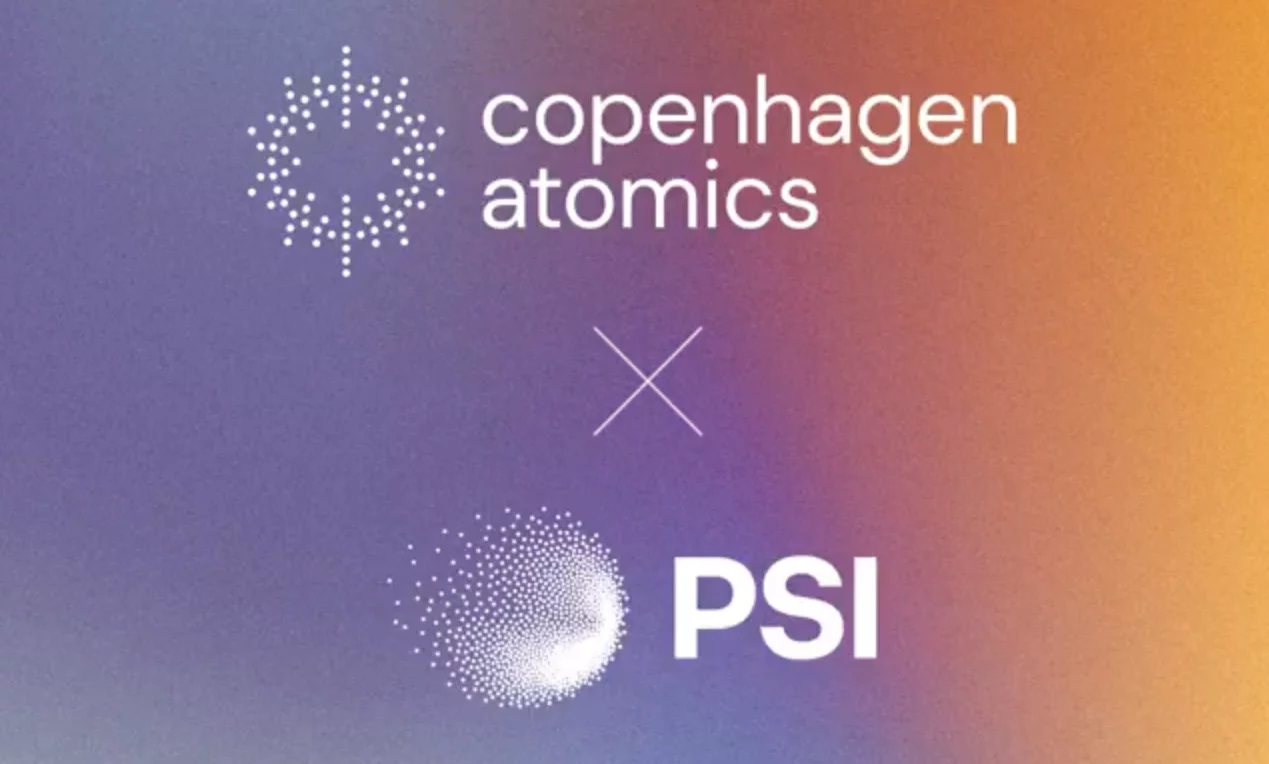The "BALDER" project is a collaboration project between PSI and Copenhagen Atomics (CA) with the aim of carrying out a critical experiment by CA in a nuclear test facility with low hazard potential on the PSI site.
The Paul Scherrer Institut (PSI) and the company Copenhagen Atomics A/S (CA) entered into a collaboration on March 1, 2024 under the project name “BALDER” with the common goal to build and operate a new nuclear test facility (NT) as a low hazard potential facility on the PSI site with the aim for testing a CA test reactor as an experiment.
This partnership marks a pivotal moment for both organisations and highlights Switzerland’s role as a leader in advancing nuclear safety and technology.
The nuclear test facility will be conducted in compliance with the Nuclear Energy Act of 21 March 2003 (NEA), the Nuclear Energy Ordinance of 10 December 2004 (NEO), and other applicable legislation. It will be licensed as a nuclear installation with low hazard potential, in accordance with Article 22 of NEO, with proposed implementation of a so-called “graded approach” in nuclear regulation and supervision, which has been endorsed by the International Atomic Energy Agency (IAEA) for some time.
Such an MSE experiment will be tested in the potentiell nuclear test facility (NT) which is to be built in close proximity to the Hotlab nuclear facility of PSI.
The experiment (MSE) will be delivered by Copenhagen Atomics, various tests will be carried out with the experiment at PSI and then the experiment will leave Switzerland again.
The MSE, a self-contained criticality experiment, utilises low-enriched uranium fluoride molten fuel salt and heavy water as a moderator to generate heat through fission. This heat is managed through heat exchangers linked to both internal and external coolant salt loops. The design incorporates inherent and passive safety features, including negative reactivity feedback for temperature control, low-pressure operation, and significant margins to prevent boiling of fuel salt. Comprehensive active control and monitoring systems ensure robust management of key parameters and prevent potential accidents.
For Copenhagen Atomics, the MSE is a crucial milestone in its mission to revolutionise energy production. The primary objectives of the MSE include advancing fundamental research into the commercialisation of MSRs, validating the use of modelling tools, and demonstrating the reliability of Structures, Systems, and Components (SSCs). This smaller-scale experiment is instrumental in paving the way for further upscaling.
In collaboration with PSI, the MSE will provide invaluable data for the future development of thorium MSRs, with the critical experiment scheduled for 2026-2027. This collaboration underscores the importance of international partnerships in achieving technological breakthroughs for ensuring the safety and efficiency of new nuclear technologies. Furthermore, it is Copenhagen Atomics vision for a not-too-distant future to produce power plants with multiple commercial MSRs based on the MSE, utilising the results and experiences gained from experiments at PSI, to offer them commercially to the world energy markets.
To ensure safety multiple barriers will be used. The NT itself will be the main barrier. Beside this the core itself is contained in the "shipping" container which is shown on the pictures above. The shipping container itself will be put into a special containment, called cocoon, for shielding and containment purposes.






